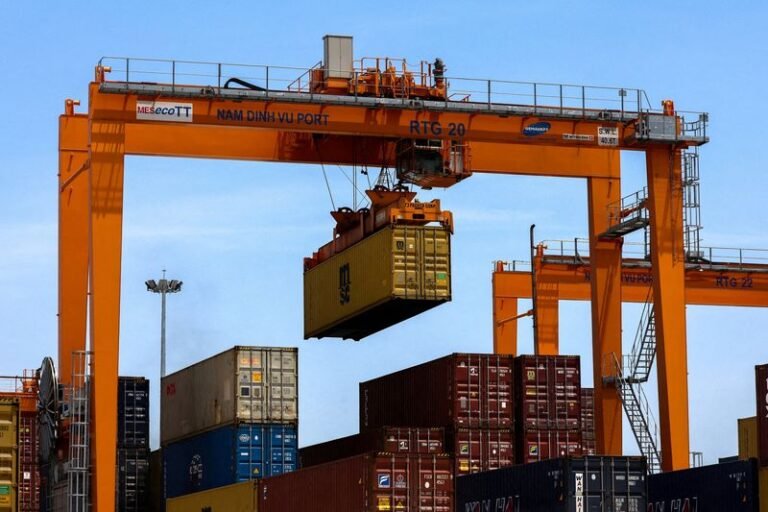Vietnam’s economy saw faster growth in the second quarter of 2025, driven by a strong rise in exports and a new trade agreement with the United States. The Gross Domestic Product (GDP) rose by 7.96% from April to June, up from 6.93% in the first quarter, according to new data released on Saturday.
This growth puts Vietnam close to its full-year goal of 8%. Officials said the strong performance came despite global and regional economic challenges.
Export figures helped push the economy forward. In the second quarter, exports jumped by 18% to $116.93 billion compared to a year ago. Imports also increased by 18.8%, reaching $112.52 billion. This left Vietnam with a trade surplus of $4.41 billion.
Industrial production also grew by 10.3% during this period. Meanwhile, the consumer price index in June showed a 3.57% increase, suggesting inflation remained under control.
Just days before the report, the United States and Vietnam agreed on a new trade deal. Under the deal, a 20% tariff will apply to most Vietnamese goods. This is much lower than the 46% rate that was previously threatened by the U.S. administration. The deal also allows Vietnam to import U.S. products at a zero percent tariff.
The trade deal comes as a relief to many Vietnamese exporters. The United States is Vietnam’s largest export market. In 2024, the U.S. recorded a trade deficit of $123 billion with Vietnam, making it one of the largest globally.
The deal also affects trans-shipments—goods that pass through Vietnam from other countries, mainly China. These items will now face a 40% tariff. Analysts believe this move mainly targets Chinese firms using Vietnam to bypass trade restrictions.
Vietnam’s economy depends heavily on trade with China. China is its largest two-way trading partner and supplies many raw materials and components needed for Vietnam’s factories.
Despite the new tariffs, experts believe the impact on Vietnam’s economy will be limited. Investment firm Dragon Capital said the trade deal is “net-positive” for the country. Its chairman noted that with trade risks now lower, the focus can shift back to domestic business and private sector growth.
Research group Fitch Solutions echoed this view. In a report on Friday, it said Vietnam’s exports and investment will likely stay strong through the end of the year. The group also said there are now “upside risks” to its earlier forecast of 6.4% GDP growth in 2025.
Fitch also noted that the new tariffs may push the government to upgrade its industries. This could lead to a shift from low-margin goods to more valuable products like semiconductors.
Overall, the second quarter data and trade developments suggest a brighter economic outlook for Vietnam. With exports rising and the U.S. deal easing pressure, the country’s growth path looks more secure.







